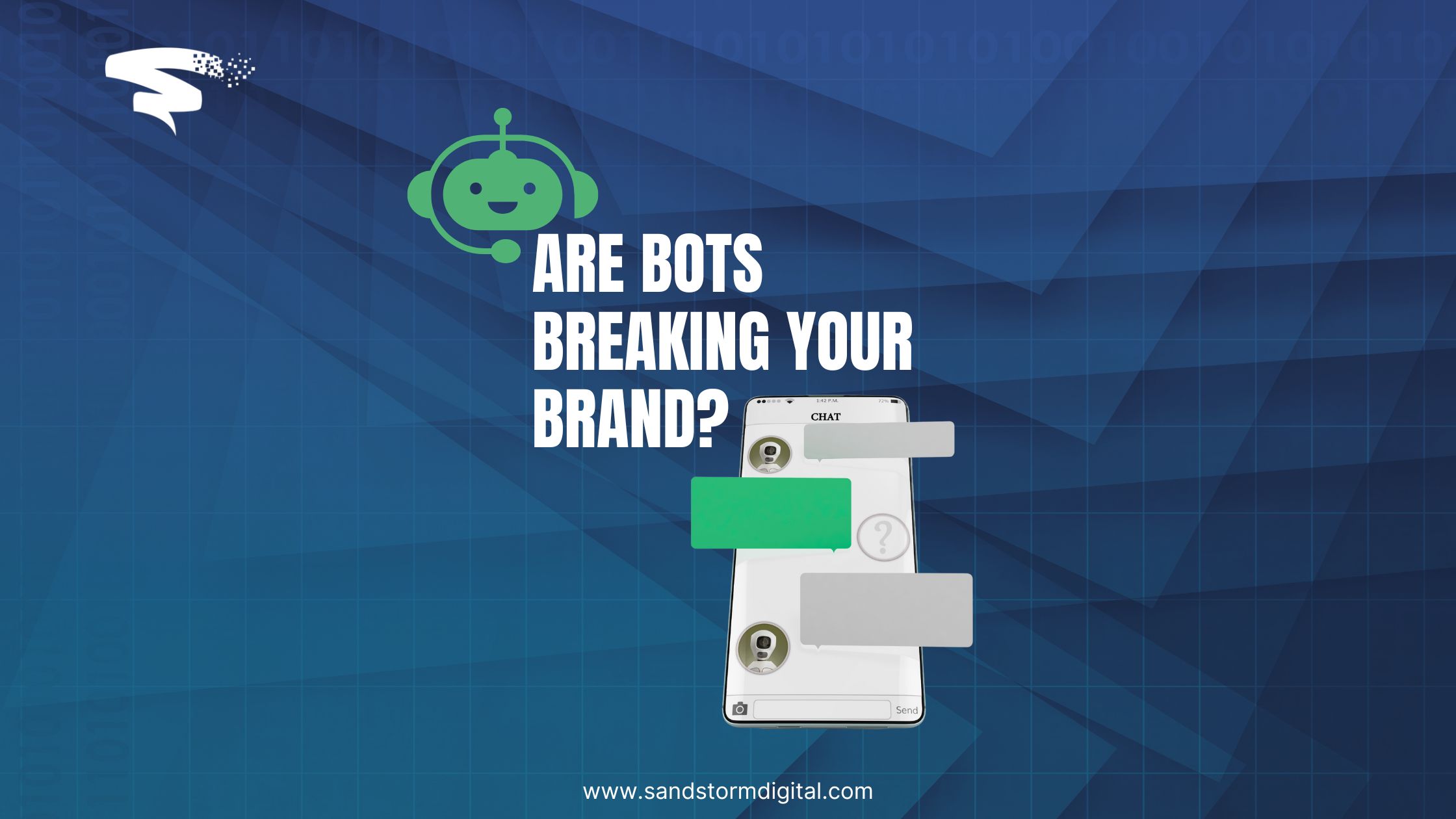Email remains a workhorse of the online marketing industry. It may not enjoy the same buzz and fashionable prestige as social media, but the fact remains that it delivers results. Studies regularly show that email returns between ten and twenty times the click-through rates of a social media advertising campaign.
However, achieving such stellar performance takes a lot of work. Not only do you need to build and maintain a strong list, you need to make sure your message is actually delivered to your subscribers’ inboxes.
And this is where things can get complicated.
Spam filters are a wonderful development for the average consumer, blocking hundreds of pointless unsolicited emails a day to leave inboxes clear and manageable. However, they’re far less helpful to the digital marketer. They’re often a blunt instrument that consigns perfectly valid marketing emails to the digital trash can.
Luckily, there’s plenty you can do to improve the chances of your messages getting through.
1) Build Up Slowly
Sudden bursts of emails originating from the same sender is a red flag for almost any spam-detection system. If you’re just starting out with email marketing, or are resuming after a pause, take it easy. Drip feed your broadcast in small amounts, and as subscribers begin to open your messages, this will start to establish trust signals in the spam filters of Gmail, Apple Mail, and internet service providers (ISPs).
2) Be Consistent
Once you’ve started building trust, you can gradually ramp up your sending volume until you’re running at full steam. However, aim to be consistent. If your activity has large spikes and troughs, it sends a confused signal, and you’ll need to start establishing trust over again.
3) Be of Value
However, sending patterns aren’t the only signal email providers and ISPs use to flag spam. If your readers find your messages of little interest, many will unsubscribe. This is unfortunate, but what’s worse is a large proportion will take the easy way out and mark your email as spam rather than go through the unsubscription process. The more this happens, the greater the chances of messages falling into your remaining subscribers’ spam folders, so make sure your emails provide valuable content that’s welcomed.
4) Segment Your List
Increase the appeal of your emails further by segmenting your list, and targeting your messages as closely as you can to the recipients. Offering personalized, valuable content is far less likely to result in unsubscribes or spam complaints, as well as providing vastly more marketing power.
5) Leverage Your Brand
It’s well known that using your brand in the “from” field and subject line will increase open rates significantly. While this is clearly desirable from a marketing perspective, better open rates also feed through into higher trust scores in spam filters.
6) Monitor Opens and Ignores
For the same reason, keep a close eye on which recipients actually view your messages. Consider scrubbing list members who never or rarely open your emails, so that your average open rates aren’t dragged downward.
7) Avoid Spammy Language
Some online sectors are so overloaded with spam that referencing them in any way will immediately land your email in a filter. Avoid terms related to expensive credit, pharmaceuticals, and adult issues at all costs. Don’t even mention them in passing unless they’re really essential to your proposition. Take a look through your own spam folder to get an idea of the kind of language that will mark your message out as undesirable.
8) Ask for Whitelisting
A simple but effective tactic is to ask your subscribers to whitelist your address in their online email app. Not only will this make sure they actually see your messages, but their email providers will notice multiple whitelistings and increase your trust score accordingly.
9) Deal With Unsubscribes
It goes without saying that your list should have been built using opt-in, ideally double opt-in, to avoid spam complaints and legal issues. However, make sure to uphold your spam-free reputation by dealing with unsubscribe requests promptly, so that unwelcome emails don’t get reported to the receivers’ ISPs.
10) Clean Up Bounces
After every send, make sure you remove bounced recipient addresses from your list. If ISP spam filters see a large number of bounces originating from a single sender, then trust in that address is eroded very quickly.
11) Be Wary of Buying Lists
Lastly, buying email lists is a minefield for a marketer who has a brand to maintain. If you go down this route, check and double check that every address has been included with permission, unless you want your first send to result in a deluge of spam complaints. In addition, you run a real risk of sending to ‘spam trap’ addresses which exist solely to catch email marketers who haven’t obtained full opt-in permission from their targets.
A large, highly targeted, and well-maintained email list can drive traffic almost on demand, but that’s assuming your messages actually get through to your customers. Don’t leave yourself at the mercy of spam filters, when being proactive could increase your email marketing profits significantly.











